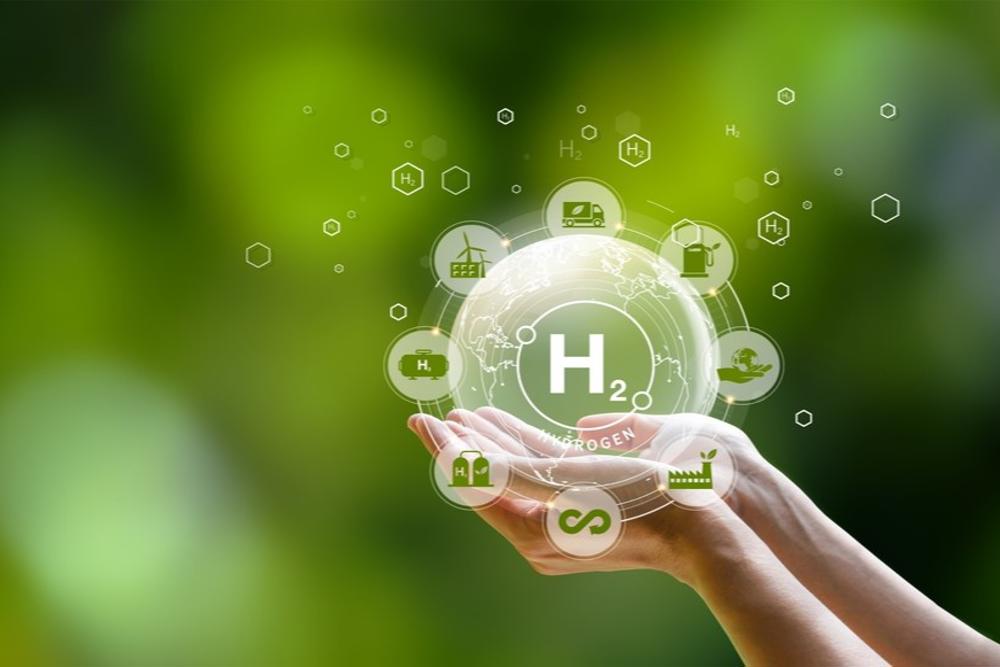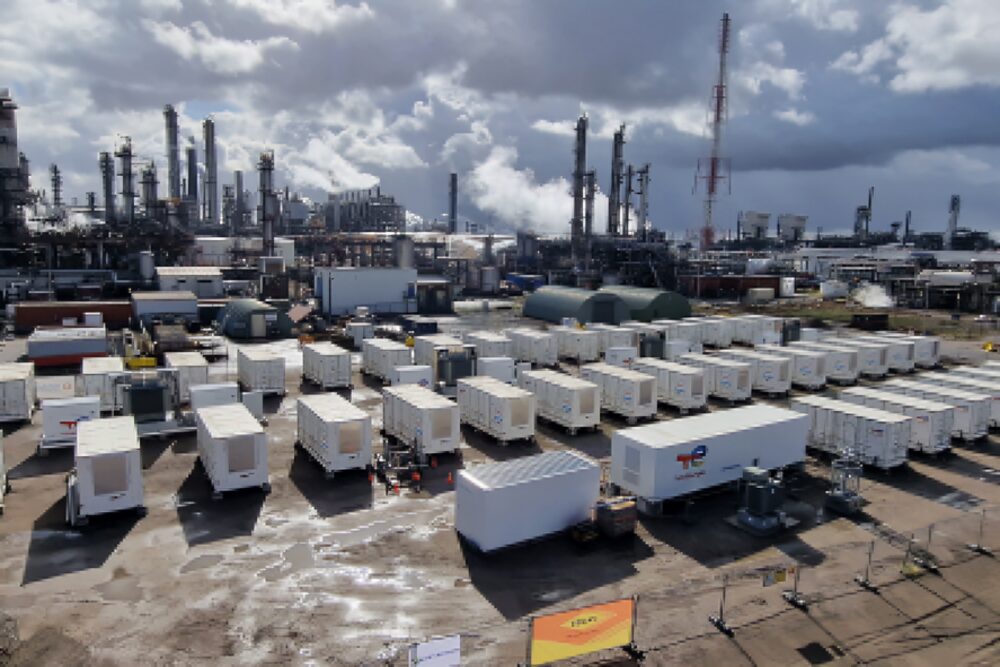
Researchers at the University of South Australia have designed a pioneering, fin-shaped evaporator that uses solar evaporation to turn contaminated water into safe drinking water.
The ground-breaking process was developed by Associate Professor Haolan Xu and his team and the University of South Australia’s Future Industries Institute in Adelaide and is an efficient, cost-effective alternative to a process that has been associated with large costs and cumbersome infrastructure.
The Future Industries Institute team has refined a method of extracting fresh water from sea, contaminated and brackish water via solar evaporation that results in enough daily water for a family of four from one square metre of source water.
The process is aimed at providing clean drinking water in an environmentally conscious way to those among the 1.42 billion in the world who live in areas of high to extremely high water vulnerability.
Associate Professor Xu said his system is much more practical than other solar evaporation systems that have been developed.
“In recent years, there has been a lot of attention on using solar evaporation to create fresh drinking water, but previous techniques have been too inefficient to be practically useful,” he said.
“We have overcome these inefficiencies, and our technology can now deliver enough fresh water to support many practical needs at a fraction of the cost of existing technologies like reverse osmosis.”
The three-dimensional evaporator contains a photothermal structure that sits on the surface of a water source and converts sunlight into highly focussed heat to evaporate the top layer of the water.
Associate Professor Xu explained that his apparatus differs from existing ones as it contains heatsink technology that allows it to stay at a lower temperature than its surrounding water and air, allowing additional energy from the warmer external environment to flow into the evaporator.
“We have developed a technique that not only prevents any loss of solar energy but actually draws additional energy from the bulk water and surrounding environment, meaning the system operates at 100 per cent efficiency from the solar input and draws up to another 170 per cent energy from the water and environment,” he said.
“We are the first researchers in the world to extract energy from the bulk water during solar evaporation and use it for evaporation, and this has helped our process become efficient enough to deliver between 20 and 30 litres of freshwater per square metre per day.”
Alongside the energy and time efficiency of the evaporator, the design is constructed primarily from low-cost materials that are sustainable and easy to obtain.
“One of the main aims with our research was to deliver for practical applications, so the materials we used were just sourced from the hardware store or supermarket,” Professor Xu said.
“The only exception is the photothermal materials, but even there we are using a very simple and cost-effective process, and the real advances we have made are with the system design and energy nexus optimisation, not the materials.”
The cheap, simple materials allow the easily operated and maintained system to be implemented in situations where larger-scale projects, like a desalination system, would be unviable due to financial or logistical obstacles.
Professor Xu said in remote communities with small populations, the infrastructure cost of systems like reverse osmosis is simply too great to ever justify, but this technique could deliver a very low-cost alternative that would be easy to set out and basically free to run.
“Also, because it [the evaporator] is so simple and requires virtually no maintenance, there is no technical expertise needed to keep it running and upkeep costs are minimal.”
Access to clean water is predicted to diminish in the coming years. A report by the Centre for Environmental Systems Research from the University of Kessel in Germany predicts four billion people, or more than half the global population, will experience ‘high water stress’ by 2025.
Professor Xu is also exploring additional ways to apply his design, including treating wastewater in industrial operations.
“This technology really has the potential to provide a long-term clean water solution to people and communities who can’t afford other options, and these are the places such solutions are most needed,” he said.
“There are a lot of potential ways to adapt the same technology, so we are really at the beginning of a very exciting journey.”












